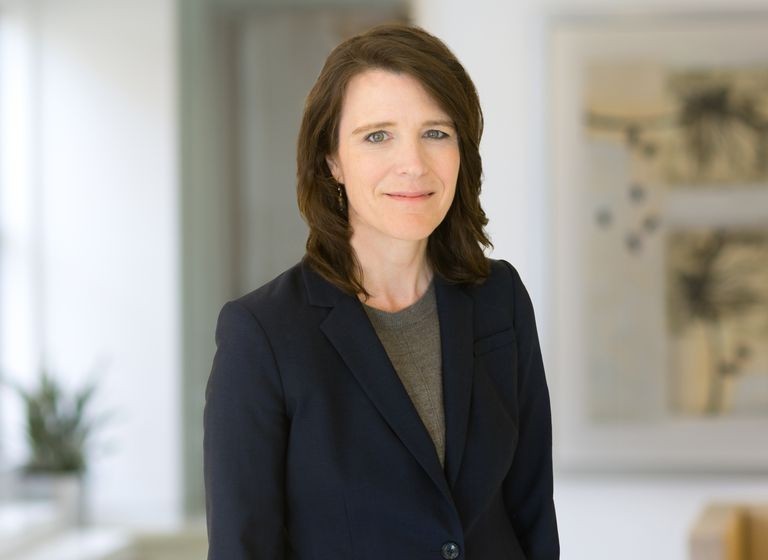Kathryn Douglass
Overview
Kathryn (Kit) Douglass helps energy companies and developers navigate regulatory compliance and approvals and counsels clients on wholesale power market design and rulemakings.
Career & Education
- Federal Energy Regulatory Commission
Supervisory Attorney, Office of the General Counsel, 2021–2023 - Federal Energy Regulatory Commission
Attorney Advisor, Office of the General Counsel
- Federal Energy Regulatory Commission
- Northwestern School of Law of Lewis & Clark College, J.D., cum laude; Member, Lewis & Clark Law Review
- University of Montana, B.A., B.S., with honors
- District of Columbia
- Colorado
- U.S. District Court for the District of Columbia
Kathryn's Insights
Client Alert | 3 min read | 10.24.25
On October 23rd, the U.S. Department of Energy (“DOE”) sent a letter to the Federal Energy Regulatory Commission (“FERC”) containing an Advance Notice of Proposed Rulemaking (“ANOPR”) with principles for all large load interconnections across the US, including those co-located with generating facilities.[1] Significantly, the Secretary of Energy states that the interconnection of large loads to the transmission system “falls squarely” within FERC’s jurisdiction, thus weighing in on a dispute that has been pending before FERC for over a year. This move appears to be a reaction to the continued pendency before FERC of the colocation dockets[2] and a technical conference on colocation held almost a year ago.[3]
Client Alert | 3 min read | 10.03.25
Speaking Engagement | 05.30.25
"Interconnection Planning Nuts and Bolts," The Foundation for Natural Resources and Energy Law
Firm News | 9 min read | 01.02.25
Crowell & Moring Elects 12 New Partners, Promotes Four to Senior Counsel and 25 to Counsel
Insights
Kathryn's Insights
Client Alert | 3 min read | 10.24.25
On October 23rd, the U.S. Department of Energy (“DOE”) sent a letter to the Federal Energy Regulatory Commission (“FERC”) containing an Advance Notice of Proposed Rulemaking (“ANOPR”) with principles for all large load interconnections across the US, including those co-located with generating facilities.[1] Significantly, the Secretary of Energy states that the interconnection of large loads to the transmission system “falls squarely” within FERC’s jurisdiction, thus weighing in on a dispute that has been pending before FERC for over a year. This move appears to be a reaction to the continued pendency before FERC of the colocation dockets[2] and a technical conference on colocation held almost a year ago.[3]
Client Alert | 3 min read | 10.03.25
Speaking Engagement | 05.30.25
"Interconnection Planning Nuts and Bolts," The Foundation for Natural Resources and Energy Law
Firm News | 9 min read | 01.02.25
Crowell & Moring Elects 12 New Partners, Promotes Four to Senior Counsel and 25 to Counsel






